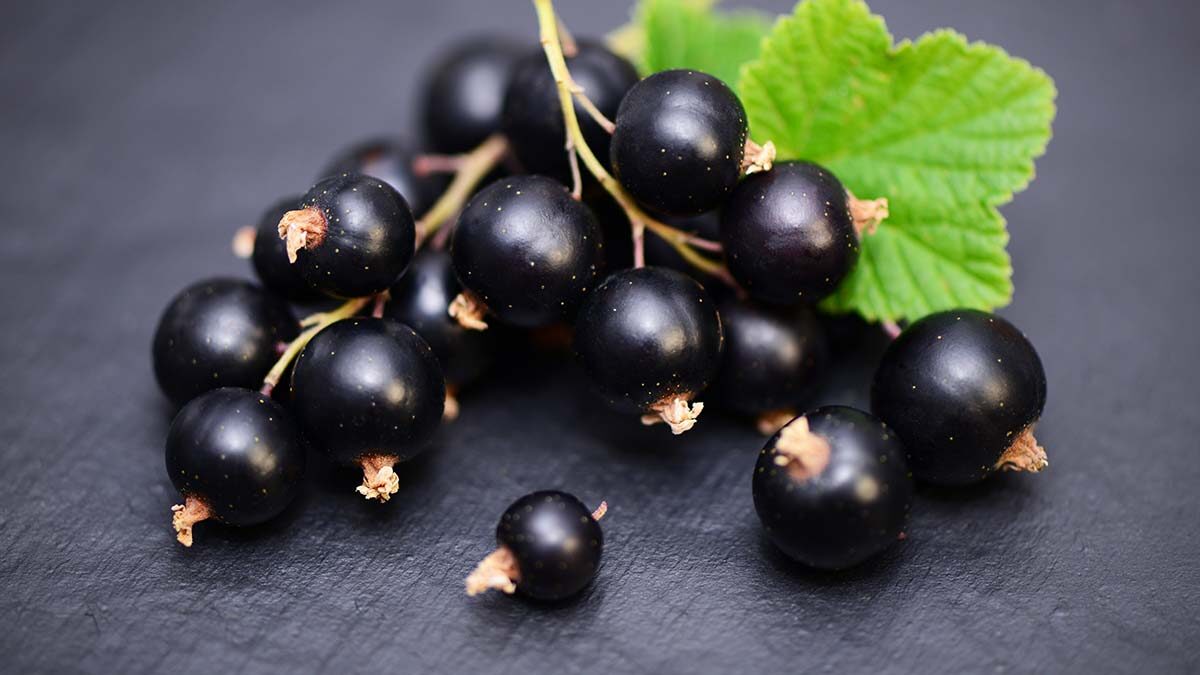In my video, Dietary Prevention for Age-Related Macular Degeneration, I discussed how eating goji berries with nuts and seeds can help build up yellow plant pigments such as lutein and zeaxanthin in our eyes to help fight age-related macular degeneration.
But once we’ve preserved the pigment in our retinal pigment epithelial cells, we need to keep them alive. This may be where anthocyanin phytonutrients come in. Anthocyanins (from the Greek anthos, meaning flower, and kyanos, meaning blue) are natural plant pigments that make pansies look purple and turn green cabbage into purple cabbage, yellow corn into purple corn, brown rice to purple rice, white potatoes to blue potatoes, orange carrots to purple carrots, and keeps blueberries blue and blackberries black.
As we age, our critical retinal pigment epithelium (RPE) layer starts to break down. However, we may be able to decelerate that aging with blueberries. In the study I profile in my video, Dietary Treatment of Glaucoma, human RPE cells bathed in blueberry anthocyanins had fewer free radicals and a lower proportion of aged cells, suggesting that blueberries and other red, blue, and purple pigmented fruits and vegetables may help prevent age-related macular degeneration. Blueberries may be especially important for blue eyes, as can be seen in my video Greens vs. Glaucoma.
Preventing disease is nice, but what if we already have a disease like glaucoma, an incurable eye disease in which our optic nerve (which connects our eyes to our brain) starts deteriorating, and we start losing our visual fields?
A few years ago, Japanese researchers showed they could apparently halt the progression of glaucoma with black currants. They gave people black currants for six months and found that black currants significantly boosted the blood flow to their optic nerve. The results suggest that black currants might be a safe and valuable option, but because the study was not double-blind and there was no control group, I didn’t report on it when it was initially published. But now we’ve got just such a study. Glaucoma patients were split into two groups—half got black currants; the other half didn’t.
The study measured the deterioration of the patients’ visual fields in both groups in the two years leading up to the study. Despite taking the best glaucoma drugs on the market, the subjects’ visual fields deteriorated. Then the study starts. The berry-free control group continued to worsen, but the berries appeared to stop the disease in its tracks after both one and two years. And since there’s no downside to berries (only good side-effects), in my professional opinion everyone with glaucoma should be eating berries every day.
For more on the latest science on preventing and treating vision loss, check out Greens vs. Glaucoma, where I detailed the best foods to help prevent glaucoma. My previous treatment of glaucoma can be found here: Prevent Glaucoma and See 27 Miles Farther.
I’ve mentioned anthocyanins before in:
They may be why purple potatoes (Anti-Inflammatory Effects of Purple Potatoes) may be preferable. Anthocyanins are the pigments in red and purple cabbage that allow for the kitchen chemistry in Testing Your Diet with Pee & Purple Cabbage.
More on currants in Enhanced Athletic Recovery Without Undermining Adaptation.
-Michael Greger, M.D.
PS: If you haven’t yet, you can subscribe to my videos for free by clicking here and watch my full 2012 – 2015 presentations Uprooting the Leading Causes of Death, More than an Apple a Day, From Table to Able, and Food as Medicine.
